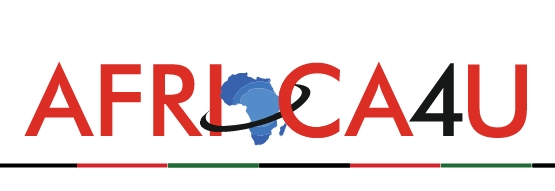(3 Minutes Read)
The Tanzanian telecom market is projected to rise from USD 5.09 billion in 2025 to USD 6.85 billion by 2030, reflecting a compound annual growth rate (CAGR) of 6.1% during the forecast period. In addition to telecom operators, the key drivers contributing to this year-over-year (YoY) growth include the expanding adoption of smartphones, enhanced internet accessibility, and new services such as mobile money.
A GlobalData analysis similarly found that the mobile data, fixed voice, and broadband service segments will contribute to the market’s growth. In contrast, operator revenue growth can be attributed to the telecom regulator’s Digital Tanzania Initiative which emphasises boosting digital connectivity by increasing broadband penetration in the country by the end of 2025.
To aptly demonstrate Tanzania’s advancements in network coverage in 2024—which have contributed to sustainable market growth—it’s worth acknowledging 2023’s statistics. According to the Tanzania Communications Regulatory Authority (TCRA), 3G coverage increased from 62% in June 2023, to 67% in September 2023, while 4G coverage improved from 50% to 55% during the same period.
As a result of this steady connectivity, similarly carried through 2024, by 2025, Tanzania’s telecom market is projected to see significant advancements, with 3G network coverage reaching 85.7% and 4G coverage reaching 26.16%, according to an analysis conducted by Statista. Internet penetration is expected to rise to 46.67%, with 7.47 million households boasting internet access. The average broadband speed is forecasted to be 14.88 kbit/s, while consumer spending on ICT equipment is estimated to reach USD 0.47 billion. Additionally, ICT service exports per capita are anticipated to reach USD 0.51, reflecting the market’s growing contribution to the economy.
Tanzania’s government aims to curb the digital drive, which has remained front and center, by expanding telecom infrastructure in rural areas. Back in May 2023, the government approved development projects to connect 8.5 million unserved individuals, simultaneously expanding the telecom market’s growth. This project includes the construction of 758 new towers and the upgrade of 304 existing ones, backed by the financial support of both the government (40%) and telecom operators (60%).
Furthermore, mobile internet subscriptions grew by 1.3% in the third quarter of 2023 compared to the previous quarter as a result of affordable data packs averaging USD 0.84 per GB. This affordability has democratized internet access, consequently boosting data consumption and generating higher revenue for telecom operators across the market.
Despite the continued influx of internet-based communication, traditional SMS services remain relevant, particularly in rural areas with limited internet access. On-net and off-net SMS volumes have seen average annual increases of 5% and 22%, respectively, over the past five years. To counteract this, the GSMA analysed the region, finding that a lack of awareness regarding the benefits of mobile internet use, unaffordable smartphones, and low levels of digital literacy were the three biggest barriers to mobile internet adoption. The GSMA suggests that product/service-specific solutions, targeted marketing, and distribution will help curb this issue, further bolstering the broader telecom market.
Read Also:
https://trendsnafrica.com/tanzania-invest-tsh-82-5bn-to-transform-its-telecom-infrastructure/
Tanzania’s telecom sector is also facing power reliability issues, with over 50% of grid sites experiencing outages exceeding six hours daily. In response, the 2009 Electricity Act, which facilitated the entrance of private-sector investment into the energy sector, has presented revitalised opportunities for green power solutions. Currently, Tanzania boasts 1,970 potential sites for green energy alternatives, which could enhance network reliability, and sustainability, and further expand the market.





